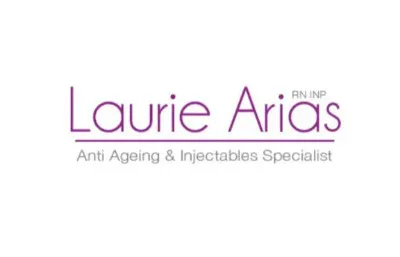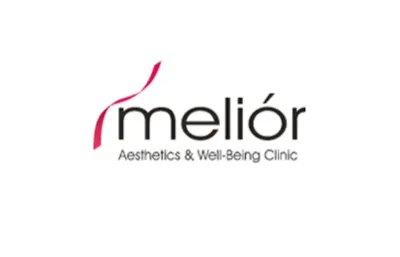The Role of Dermal Fillers in Facial Rejuvenation
In the realm of cosmetic enhancements, dermal fillers stand out as a pivotal intervention for facial rejuvenation, particularly for addressing marionette lines. These injectables serve a dual purpose: they not only fill in wrinkles and folds, creating a smoother appearance but also add volume to areas that have become hollow or sunken over time, offering a more youthful contour to the face.
The principle behind dermal fillers is relatively straightforward. They are composed mainly of hyaluronic acid, a substance naturally occurring in the body known for its ability to retain moisture and provide elasticity and volume to the skin. By injecting this compound directly into targeted areas, fillers can significantly diminish the appearance of marionette lines by restoring the lost volume and promoting a firmer, plumper skin texture.
Furthermore, the benefits of dermal fillers extend beyond immediate visual enhancements. The presence of hyaluronic acid beneath the skin can stimulate the body's own collagen production, leading to improvements in skin quality over time. This aspect of treatment not only helps in achieving more natural-looking results but also contributes to the longevity of the outcomes.
Dermal fillers are available in various formulations, each designed to address specific concerns. For marionette lines, fillers with a thicker consistency are often preferred for their ability to provide substantial lift and volume, effectively counteracting the sagging and creasing that characterise these wrinkles. The selection of the appropriate type of filler, as well as the injection technique, plays a crucial role in achieving optimal results, underscoring the importance of consulting with a skilled and experienced practitioner.
The treatment process itself is minimally invasive and can be completed within a short office visit. While some patients may experience mild discomfort, topical anaesthetics are commonly used to minimise pain during the procedure. The effects of dermal fillers are visible almost immediately, with further improvements developing as any swelling subsides.
In conclusion, dermal fillers offer a powerful tool in the arsenal against ageing, providing a non-surgical option for those seeking to rejuvenate their appearance by addressing marionette lines. Through careful selection and application, these injectables can restore facial harmony and enhance one's natural beauty, with results that are both immediate and enduring.








